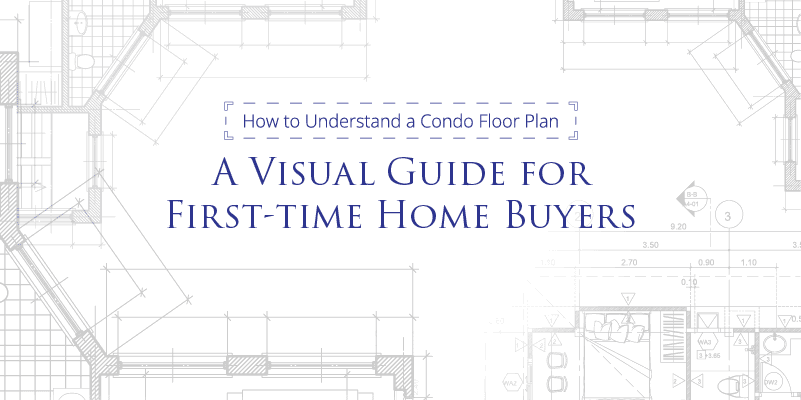Looking for a new place to buy is thrilling, especially in a new neighborhood. The excitement fuels up as you imagine the life you’ll build in your new home, not to mention the decorations and interior design projects you plan to have, even if what you’re looking at for now are mere floor plans.

These scale drawings show the connection between rooms, spaces, and physical features, as seen from above, allowing you to see how people can move around the area. Before the elaborate planning and building stages, home and condo floor plans make it easier to inspect whether a size fits its intended purpose.
You’ll be able to see how big or small your rooms are and the location of your kitchen, bathroom, and living area. Learning these things can help you plan the sizes of your furniture and house appliances. What’s more, floor plans usually have the necessary information you need for your home design projects.
On the flip side, looking at floor plans can be tricky and overwhelming, especially if you’re a first-time home or property buyer. After all, it is composed of various symbols with extremely detailed dimensions. Apart from the rooms and other areas, the wall sizes, windows, stairs, doors, and even the electrical and fixtures are also included.
If you’re building a fully-furnished space, expect you’ll see built-in appliances like washers, sinks, stoves, refrigerators, dining sets, TVs, and more on your house or condo floor plan. It may also illustrate your whole property and its layout.
Despite how complex it looks, understanding what’s drawn and written on floor plans is possible. To do this, you must know the basic definitions of those intricate symbols and the key points to identify them. You can use the guide below to help you understand floor plans better, helping you bring your dream home a little closer to reality.

